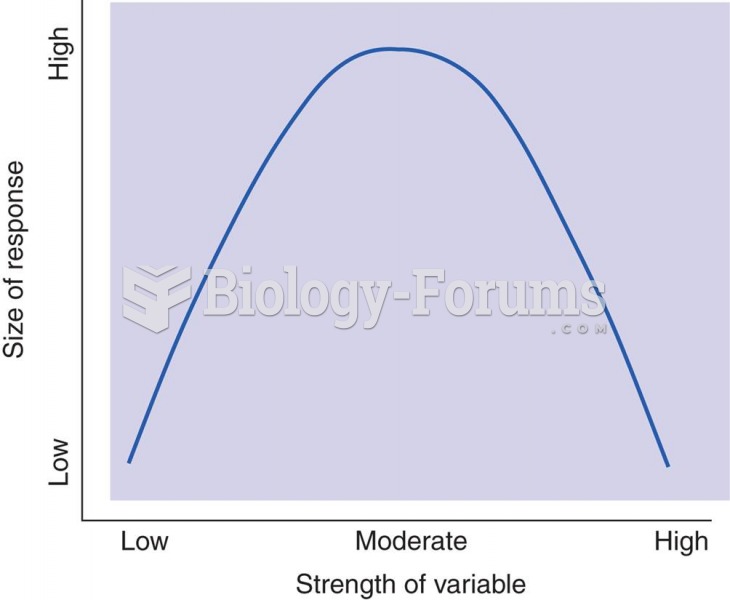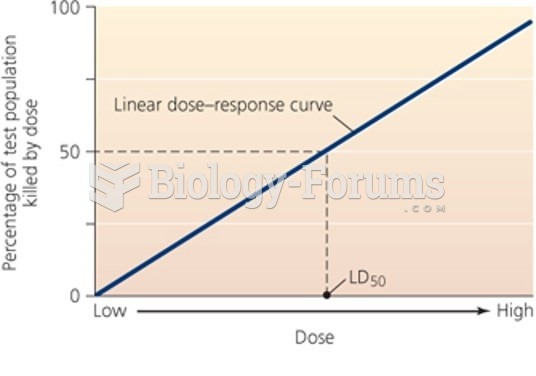|
|
|
By definition, when a medication is administered intravenously, its bioavailability is 100%.
On average, the stomach produces 2 L of hydrochloric acid per day.
Eat fiber! A diet high in fiber can help lower cholesterol levels by as much as 10%.
Colchicine is a highly poisonous alkaloid originally extracted from a type of saffron plant that is used mainly to treat gout.
Though Candida and Aspergillus species are the most common fungal pathogens causing invasive fungal disease in the immunocompromised, infections due to previously uncommon hyaline and dematiaceous filamentous fungi are occurring more often today. Rare fungal infections, once accurately diagnosed, may require surgical debridement, immunotherapy, and newer antifungals used singly or in combination with older antifungals, on a case-by-case basis.







